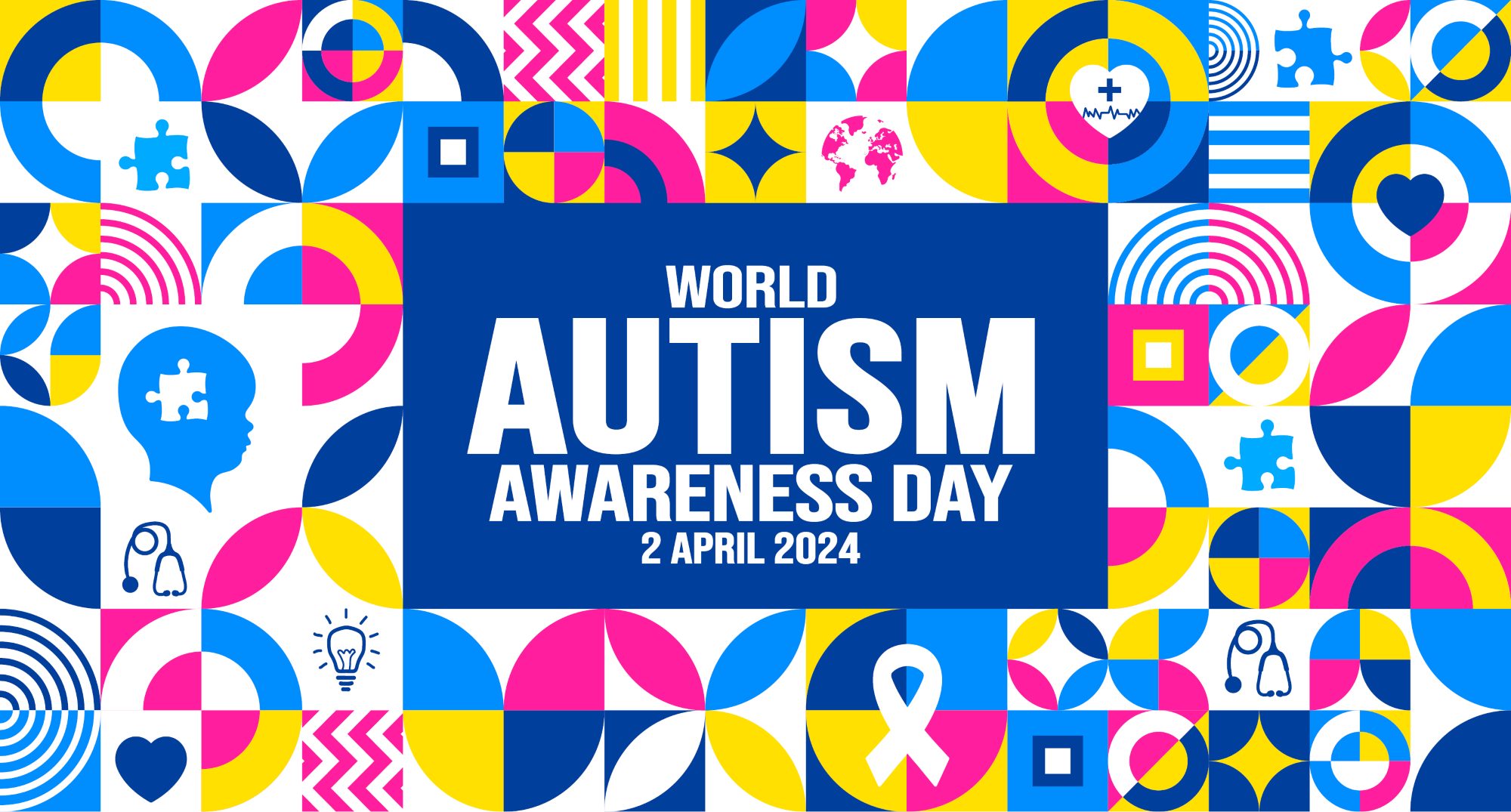
On Autism Awareness Day, we are focusing on effectively supporting teachers with learners on the autism spectrum in mainstream classrooms.
The DSM-5 describes three levels of autism, which range in severity and in how much support the autistic person needs in daily life. The three ASD levels give a basic outline of the challenges an autistic person may face with communicating, socialising and behaving. This way of diagnosing a person as autistic does not, however, fully address the diverse needs autistic people have. An autism spectrum disorder diagnosis includes a support level. This is used to show how much support children need:
- Level 1 – children need support.
- Level 2 – children need substantial support.
- Level 3 – children need very substantial support.
These levels reflect the fact that some people have autism characteristics that only mildly affect their everyday lives. Others have characteristics that severely affect their everyday lives. We are focusing on the learners that need support – Level 1. These learners are in mainstream classrooms and often completely frustrate teachers and their peers because of the lack of support and know-how.
Teaching learners on the autism spectrum requires recognising their unique learning styles and needs. Here are some tips to assist mainstream teachers in effectively teaching these learners:
- Create a Structured Environment: Establish clear routines and structures in the classroom to reduce anxiety and provide security.
- Use Visual Aids: Utilize visual schedules, diagrams, and pictures to reinforce learning and facilitate understanding.
- Provide Clear Instructions: Break instructions into smaller, manageable steps and offer visual or written instructions.
- Offer Predictable Transitions: Use advance notice and visual cues to signal transitions between activities.
- Encourage Special Interests: Incorporate learners' interests into lesson plans to increase engagement.
- Provide Opportunities for Social Skills Practice: Offer structured opportunities for social skills development.
- Offer Sensory Support: Be mindful of sensory sensitivities and provide appropriate accommodations.
- Promote Self-Regulation Strategies: Teach self-regulation techniques to help manage stress and anxiety.
- Provide Individualized Support: Collaborate with parents and support staff to develop individualised plans.
- Foster a Positive and Inclusive Classroom Culture: Promote understanding, acceptance, and empathy among classmates.
By implementing these strategies and creating an inclusive learning environment, mainstream teachers can effectively support the academic and social development of learners on the autism spectrum. Let's make every learners feel valued and included in our classrooms!